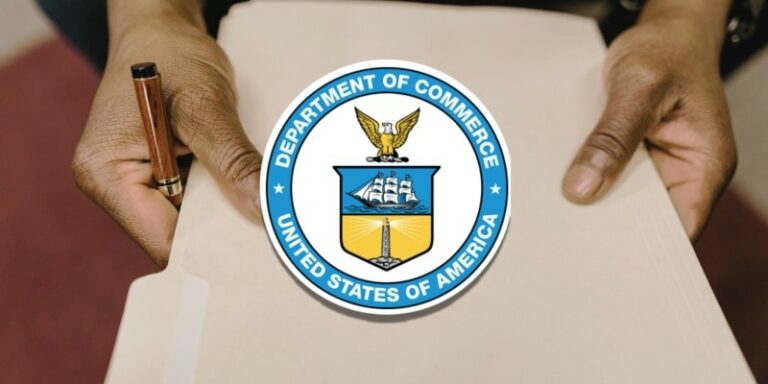Compliance in Third Party Transactions
Exporters are often asked by their customers to “drop-ship” products directly to an end-user in a third country. The expenses associated with reshipping, re-handling, and customs clearance in two customs regimes can be avoided along with the time associated with each of these activities.
This is not a standard transaction as the seller does not have a commercial relationship with the end-user (ultimate consignee) in what is typically a routed transaction. Below, we answer a question about technicalities that can arise in third-party transactions.
The Challenge:
Hi Cathy,
Thank you for yesterday’s webinar – I learned a lot! There is a question that I wanted to ask yesterday…. It relates to my question about a transaction where we are the shipper/supplier:
1. the seller is located in one foreign country,
2. the shipper/supplier in the USA, and
3. the buyer in a third country.
The seller and the shipper/supplier are unrelated companies. The seller is sourcing a product in the USA and selling it to its buyer in their country.
My question pertains to export controls for the situation in which the shipper/supplier is located in the US and the seller is the shipper’s/supplier’s customer. The goods are shipped directly to the buyer by the shipper/supplier, not to the seller.
My understanding is that a commercial invoice from the shipper/supplier to the seller is not required to clear US customs. The shipper/supplier files the EEI or authorizes the seller to do so through a US agent in a routed transaction. Is this correct?
Are there any issues with the seller in this case (a non-US company) including its own invoice to the buyer with the shipment, which the buyer will then use to clear customs at the foreign port of destination?
Thanks again,
The Shipper/Supplier
The Solution:
The Shipper/Supplier,
Great to have you in the class!
When the goods are departing from the US, a US export report is required (EEI) if triggered by value (>$2,500 per Schedule Number), if licensed, has an ECCN that is in the “600 series”, or due to the destination.
1. Export Controls:
a.If the merchandise incorporates US content and that content triggers an export license, then one must be obtained from the appropriate authority.
b.Screen all parties:
i.Foreign supplier
ii. Foreign customer
iii. Freight forwarder
iv. International carrier
v.Insurance company
2. As shipper/supplier, you will prepare the commercial invoice and packing list showing all the parties to the transaction. The value on your commercial invoice will be the value to report on the Electronic Export Information (EEI) provided to the forwarder in a Shipper’s Letter of Instruction (SLI). See this link on the NCBFAA website for an SLI template.
a.Do not include your commercial invoice in the packet of documents to the customer – that will give away the margin and your customer will be asked to reduce the price accordingly.
b.Do provide your customer’s commercial invoice listing your firm as the shipper,
c.Do provide the packing list to the forwarder and the buyer’s customer with the seller’s commercial invoice.
3. Your customer (the seller) will provide its invoice to your firm (shipper/supplier) showing:
a.Your customer as the seller
b.Your firm as shipper/supplier as the ship from location
c.The purchaser’s customer as the ship to location
d.The purchaser’s sale price to the customer
4. EEI filing is the responsibility of the forwarding agent selected by your customer if it is a routed transaction. It is your job to provide the data required by the Foreign Trade Regulations as the US Principle Party in Interest in a routed transaction, see www.census.gov for the regulations.
5. Record keeping:
a.Keep the commercial documents for 5 years
b.Obtain a copy of the international bill of lading and the extract from the EEI filing for your 5-year record keeping
Good luck!!!
Catherine
If your firm has been asked to drop-ship your products, you know that it takes additional time and effort to successfully meet your customer’s requirements.







